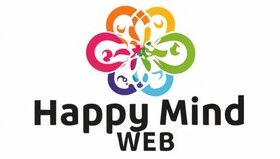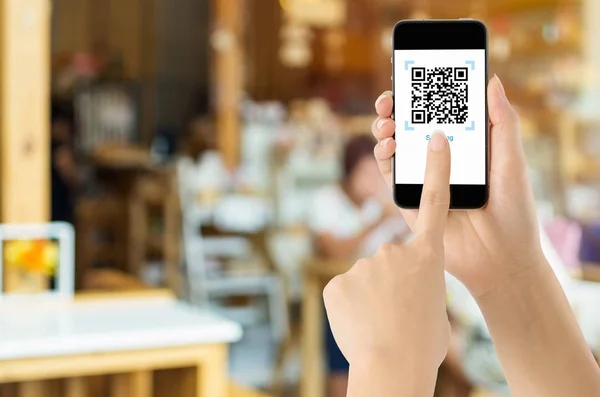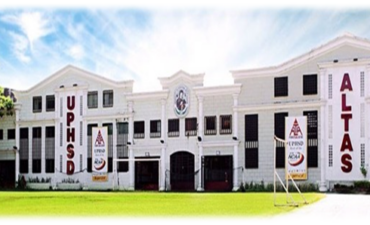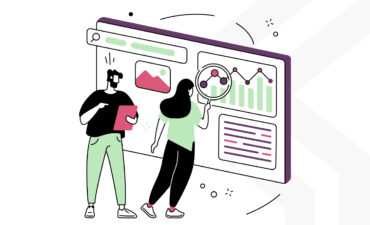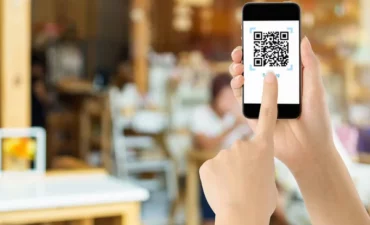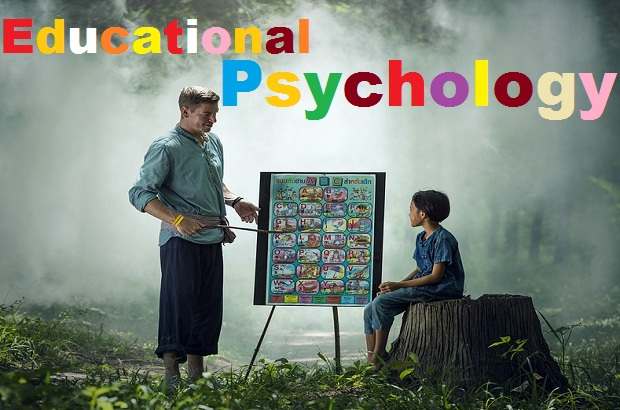QR codes, or Quick Response codes, are two-dimensional barcodes that can be scanned with smartphones to access information or perform actions. They were originally developed in Japan in 1994, but they have only recently gained widespread popularity in the United States.
QR codes offer several benefits for marketers, including:
- Ease of use: QR codes are easy to create and scan, making them a convenient way to connect with consumers.
- Versatility: QR codes can be used to link to a variety of content, including websites, videos, social media pages, and coupons.
- Measurable results: QR codes can be tracked to measure campaign success.
As a result of these benefits, QR codes are being used in a variety of marketing applications, including:
- Print advertising: QR codes can be used on print ads to direct consumers to a website or landing page.
- Outdoor advertising: QR codes can be used on billboards, bus stops, and other outdoor advertising to provide more information about a product or service.
- Product packaging: QR codes can be used on product packaging to provide consumers with additional information about the product, such as recipes or usage instructions.
- Point-of-sale: QR codes can be used at the point-of-sale to allow consumers to redeem coupons or access additional information about a product.
- Events: QR codes can be used at events to allow attendees to register for a giveaway, download a brochure, or access a website.
QR codes are still a relatively new technology, but they have the potential to revolutionize the way that businesses market to their customers. By using QR codes, businesses can create a more seamless and engaging experience for their customers.
Here are some examples of how businesses are using QR codes in their marketing campaigns:
- Coca-Cola: Coca-Cola used QR codes on its cans to direct consumers to a website where they could learn more about the company’s history and products.
- Macy’s: Macy’s used QR codes on its price tags to allow consumers to compare prices and see product reviews.
- Starbucks: Starbucks used QR codes on its cups to allow consumers to order their coffee ahead of time.
- Pizza Hut: Pizza Hut used QR codes on its pizza boxes to allow consumers to order a pizza from their smartphones.
